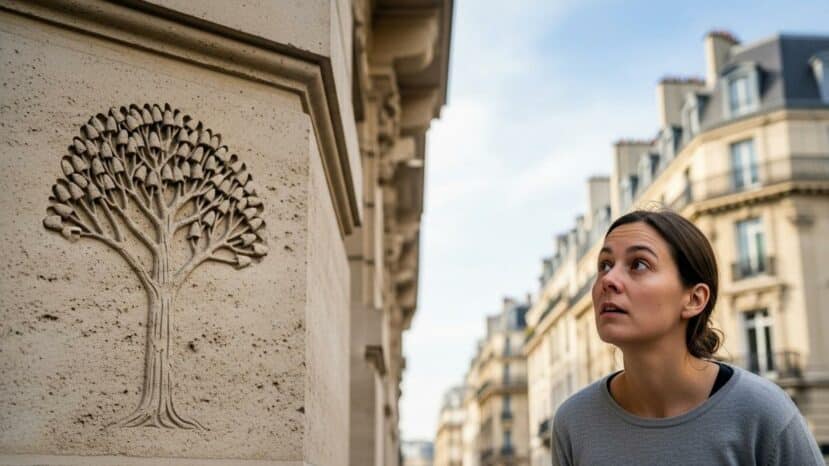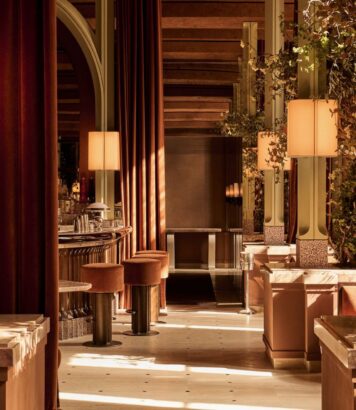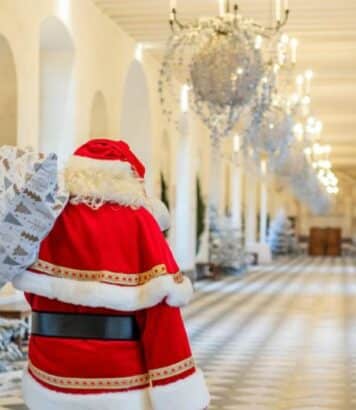Freemasons in Paris: a stroll through symbols, mysteries and heritage

Looking for a different way to walk and read the city? This walk highlights Freemasonry in Paris, between museums, facades and cemeteries. In this way, everyone can link symbols to concrete places, without excessive mystery.
Visible traces of lodges in the capital
Our first stop is the Musée de la Franc-Maçonnerie, at 16 rue Cadet, in the 9th arrondissement. On display are
The Grand Orient de France, founded in 1773, is located at the same address. Occasional visits are organized for heritage events. However, access remains restricted, which protects the collections and rites. In fact, this neighborhood illustrates that freemasonry in Paris is very much alive and well-documented.
Outside the museum, the eye can sometimes spot compasses and squares on 19th-century facades. The Passage du Caire in the 2nd district, for example, displays a taste for Egypt that has been present since the end of the 18th century. These motifs are not evidence of an on-site lodge, but rather of a shared imagination. Freemasonry in Paris can be read by resonance, not by certainty.
“Walking is reading the city in a low voice.
Open-air symbols: what to see and how to read them
The compass, the square, the acacia tree or the radiating eye are often used. These signs also appear on steles, stained-glass windows and allegorical pediments. As a result, they refer to architecture, morality and the memory of the dead. This visual grammar nourishes Freemasonry in Paris, between rites, trades and pedagogy.
In the Père-Lachaise cemetery, some tombs bear acacia, square and compass. However, not all of them refer to an identified lodge. We need to cross-reference clues, then check heritage sources. In this way, we can make cautious progress on Freemasonry in Paris, without jumping to conclusions.
- Look up over portals and bow keys.
- Spot the acacia, often discreetly sculpted.
- Identify the square and compass, sometimes crossed.
- Compare with 19th-century facades, rich in allegories.
- Ask yourself whether the motif refers to craft or ritual.
Suggested itinerary for a heritage walk
Starting point: rue Cadet, to join the museum and Masonic headquarters. Afterwards, walk towards the Opéra, where you’ll discover a variety of architectural styles. What’s more, this first hour provides a clear framework for
The Passage du Caire, opened around 1799, is one of the oldest. The “Egyptian” aesthetic is striking, with faces and cornices. However, it refers primarily to the taste of the time, not necessarily to a lodge. In short, we can distinguish between decor of conviction and decor of fashion.
Finishing at Place de la Concorde sheds light on 19th-century Egyptomania. The Luxor Obelisk was erected in 1836, at the center of the historic axis. As a result, Egypt has irrigated the Parisian gaze for generations. This backdrop helps to situate Freemasonry in Paris within a broader imaginary.
Historical landmarks to situate the symbols
Speculative masonry took root in France in the 18th century. The first Parisian lodges structured networks of sociability. Little by little, they brought together scholars, artists, merchants and craftsmen. This dynamic established Freemasonry in Paris over the long term.
The Egyptian expedition revived a taste for sphinxes, obelisks and hieroglyphs. This taste is reflected in architecture, typography and decoration. Nineteenth-century facades, for example, combine allegories of the builder with references to antiquity. Symbols are read with context, method and patience.
Practical advice, respect and verifiable sources
Plan your itinerary, then alternate between indoors and outdoors. That way, you’ll have plenty of quiet time to read the cartels. Also, respect places, especially cemeteries and temples. This attitude serves Freemasonry in Paris and those who tell its story.
Check museum opening times before visiting, especially on public holidays. What’s more, some sensitive pieces are not always on display. In short, the offer varies according to programming and restoration. You’ll get a clearer picture of Freemasonry in Paris.
Careful photography helps you to compare patterns after the fact. Afterwards, compare your images with reliable heritage guides. However, don’t equate every compass with formal membership. This rigor makes Freemasonry in Paris more legible, and less fantasized about.





No comments
Post a comment
Always participate in accordance with the law and with respect for others.